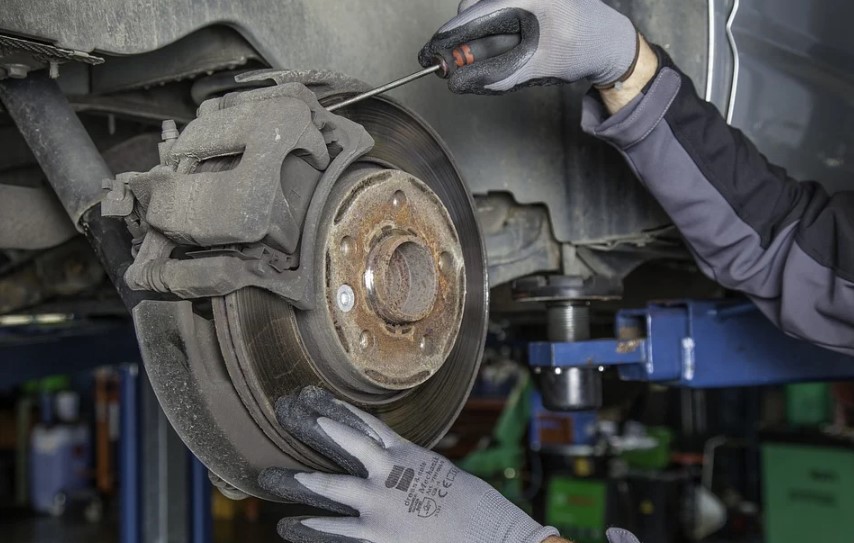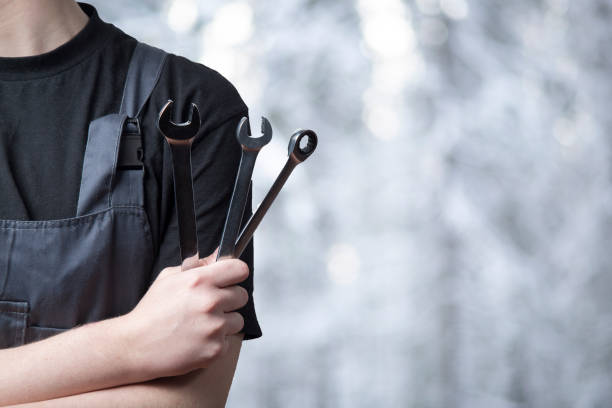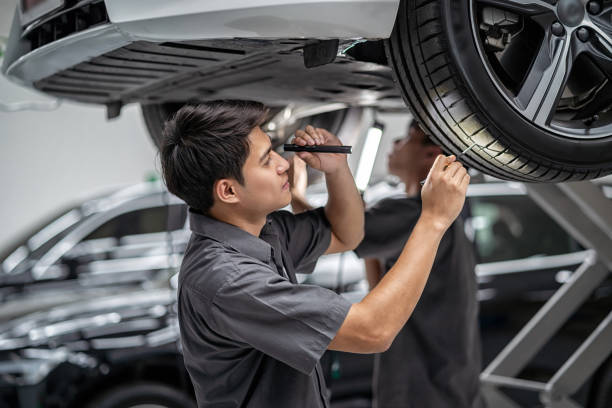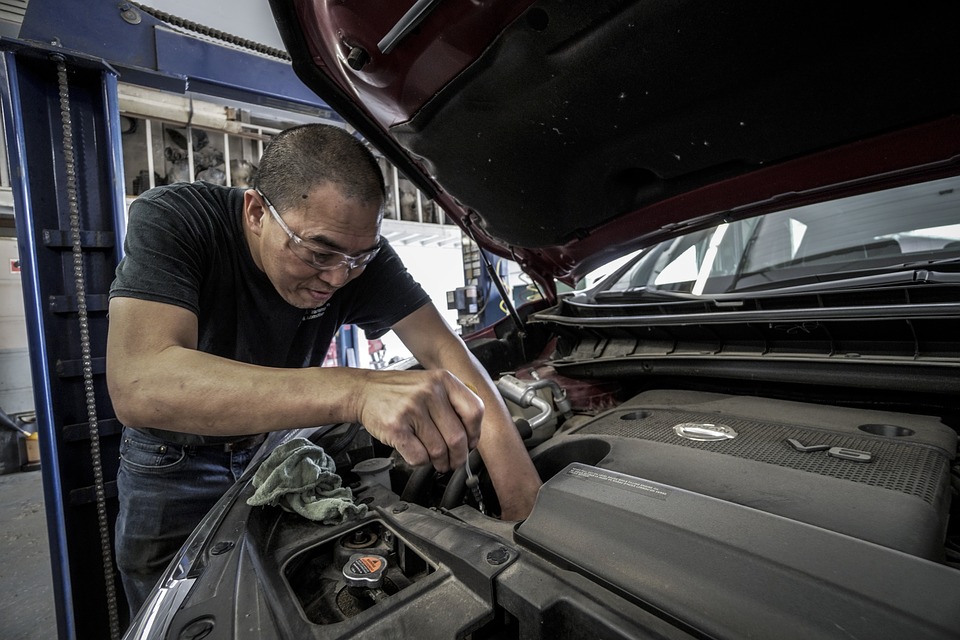
Have you figured out yet that you simply desire to manage your automobile repair by yourself? If you have actually determined, after that it’s time to arrange on your own before you begin dealing with your vehicle.
Here are the top 4 tips for a DIY auto repair of some usual concerns that you can fix on your own.
Exactly how To Do Corrosion Repair
Handling automobile corrosion repair is not quite difficult. You’ll just get rid of rust from an automobile by scrubbing it utilizing a cord brush. As soon as you are finished doing that, you need to wash the automobile paint by utilizing the suggested sandpaper, and also this will be enough to get rid of the paint and primer. After that, a steel grinding wheel needs to be utilized to grind the scrubbed aspects of your automobile.
Try this slowly to avoid any kind of damage to your automobile. Then, you require to cleanse your automobile employing an item of a soft fabric and appropriately cover the locations anywhere you do not want to use paint. Spray on some primer and allow it dry, then repeat this one more time as well as paint later. Let the paint dry as well as apply a couple of coats over it.
How To Do Scratch Repair
When you are handling this type of issue, after that you’ll be requiring some type of assistance. You should begin this with an automobile wash and then clean the automobile completely dry and discover the scrapes plainly. As soon as you see all the scrapes clearly, touch them appropriately so you can develop whether or not they are scrapes or simply blemished paint.
Using premium sandpaper, clean the location and degree the scrape than use a soft piece of towel to clean that detail location. Apply an advised compound on the scrape utilizing a cutter. Allow it to end up being difficult and also the used sandpaper, level it up and also clean the location. Get rid of the dirt and also spray guide on it, and also as soon as the guide dries, wrap up with touch-up paint.
How To Do Window Repair
Windows of an automobile can obtain stuck for a variety of factors. Using a duster, you can get rid of all the dust as well as debris embedded in the home window panels. If the home windows are stuck, after that there might be some trouble with the circuit. Inspect the circuit and also change it if you see any kind of damage to it.
How To Repair Overheated Engine
If your automobile’s engine becomes overheated when you are driving it, park it at a refuge right away. Then, flip the heating system setup and also the heating system blower high. Enable the engine to cool by opening up the hood. Until the engine cools, do close the radiator to avoid mishaps as well as burns. Pour some coolant in the engine once it comes to be cool.
We deal with all types of mechanics, some of which are honest and some are not. At Mesa Towing (www.MesaTowingServices.com) We tow cars, truck, and SUVs to repair shops all over Arizona and have noticed how vastly different they can be.
Take your time, do your research, and try to find the honest guy.
Good luck!
…









